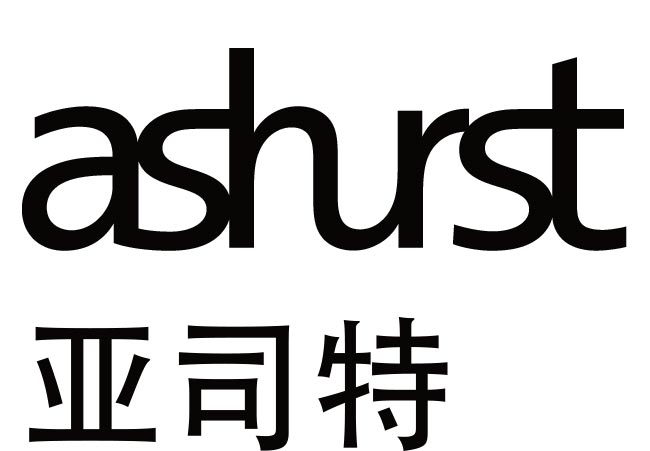Australia’s Carbon Farming Initiative (CFI), established last year, has created a carbon offsets scheme that allows participants in approved projects to earn carbon credits by storing carbon or reducing greenhouse gas emissions on land. Although the CFI operates independently of the carbon pricing mechanism, certain credits generated by CFI abatement activities may be sold to third parties wishing to offset emissions or reduce their liability under the Australian carbon pricing mechanism. This should create new investment opportunities for interested businesses.

Partner
Blake Dawson
In general, CFI credits will be eligible for trading under the carbon pricing mechanism if they are issued in respect of projects recognized by the Kyoto Protocol – in particular, agricultural emissions avoidance projects, landfill legacy emissions avoidance projects, or offsets projects specified by the regulations. However, CFI credits generated from non-Kyoto projects can only be used in the voluntary carbon market and are not tradable in the market established under the carbon pricing mechanism.
During the first three years of the mechanism, liable entities will only be entitled to surrender CFI credits to meet a maximum of 5% of their emissions obligation. After that, however, there will be no limit to the surrender of CFI credits under the carbon pricing mechanism.
Eligible projects and activities
There are two broad categories of eligible abatement activities: emissions avoidance activities and biosequestration activities. Emissions avoidance activities involve reducing emissions from agricultural activities or from “legacy waste” (i.e. waste deposited before 1 July 2012). Biosequestration activities involve removing carbon dioxide from the atmosphere and “storing” it in living biomass (such as forests), dead organic matter or soil, or ensuring that carbon dioxide already stored in that matter is prevented from escaping into the atmosphere. Biosequestration projects must store the carbon for a minimum term of 100 years.
Projects will only be eligible under the CFI if they satisfy a number of criteria, including: (1) located in or carried out in Australia; (2) covered by a methodology determination (i.e. a methodology for measuring and monitoring abatement that is recognized under the legislation and other specified criteria); (3) meet the relevant methodology requirements; (4)satisfy the additionality test (see below); and (5) be proposed by a recognized offsets entity.
Other criteria apply if the project is a sequestration project.
Additionality test
All CFI projects must relate to an activity or project listed in the regulations (on a “positive list”) that is not already required to be performed under state or territory law. The activities that meet the additionality test are set out in the above table, which also notes whether they are recognized under the Kyoto Protocol and are therefore eligible for trading under the Australian carbon pricing mechanism.

Partner
Blake Dawson
Excluded activities
Even if a project appears to qualify as an activity specified on the positive list, the CFI still excludes schemes if they pose a significant risk of adverse impact on water availability, conservation of biodiversity, employment, or the local community, in or near the project area or any of the project areas for that kind of project. Excluded activities include establishing vegetation on land subject to illegal clearing of native forest or illegal draining of wetland, planting a known weed species, and ceasing or avoiding harvesting a plantation.
Eligible CFI credits will only be fully tradable under the Australian carbon pricing mechanism from 2015 onwards. However, establishing offsets projects is likely to involve a lengthy lead time given the practical and bureaucratic requirements involved. Those considering these investments should therefore start thinking about exploring potential opportunities sooner rather than later.
Michael Sheng is a partner in the Shanghai office and Jeff Lynn is a partner in the Melbourne office of Blake Dawson

Blake Dawson Shanghai office
Suites 3408-10, CITIC Square
1168 Nanjing Road West, Shanghai
Postal code: 200041
Tel: 86 21 6263 1888
Fax: 86 21 6263 1999
E-mail:
michael.sheng@ashurst.com
jeff.lynn@blakedawson.com






















